Text
It’s international whale shark day!
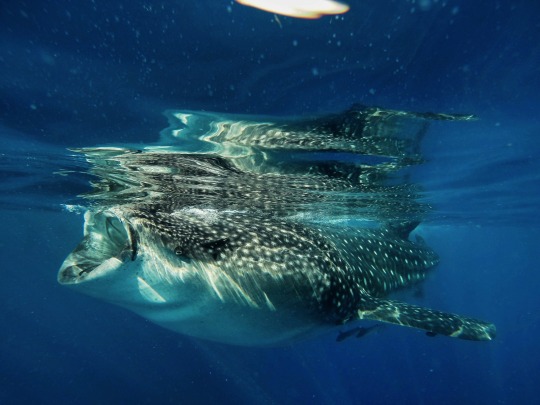
These ocean giants are the largest known fish in the world.
Whale sharks can grow as long as 18.8m (larger than the megaldon at 18m) and weigh as much as 20tons!
The gentle giants feed on planktons and are harmless to humans as well as other fish.
Their feeding patterns play an important role in determining ecosystem health as plankton are important for the overall health of our oceans.
15 notes
·
View notes
Text
look at this
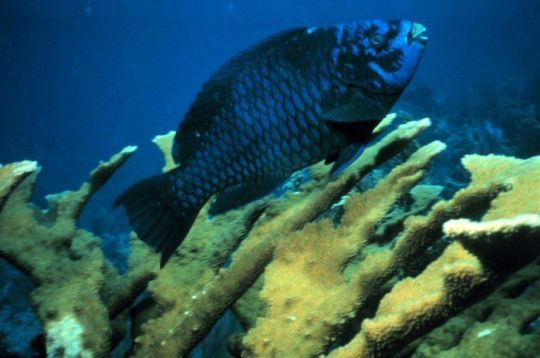
midnight parrotfish. 4 feet long. beak that can take a chunk out of you. the average parrotfish shits 700 pounds of white sand a year. thats 700 poinds per fish per year. just on average. they contribute greatly to sand bars, coastal beaches, and coral reefs. theyre ghe best fish ever. they have an additional set of teeth inside them to help grind up the limestone they ingest. because they just wanna eat the polyps! but they gnaw on that shig. wheres my fideo
youtube
look at this. that's stone. these motherfuckers can EAT yIur bones. and your fingers. but they are very sweet and just kind of horny and very pretty. there are 80 species of parrotfish that have been discovered thus far
steephead parrotfish
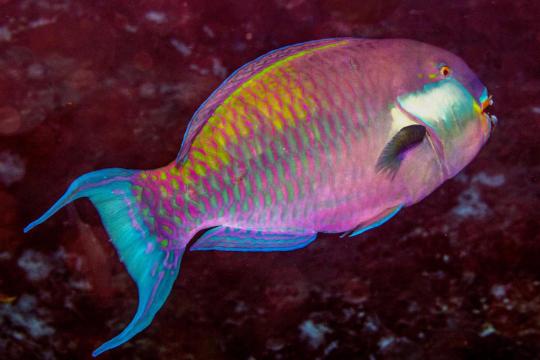
spectacled parrotfish

tricolor parrotfish
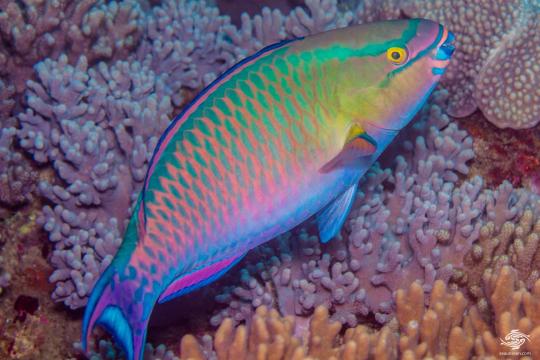
baby tricolor parrotfish

stoplight parrotfish
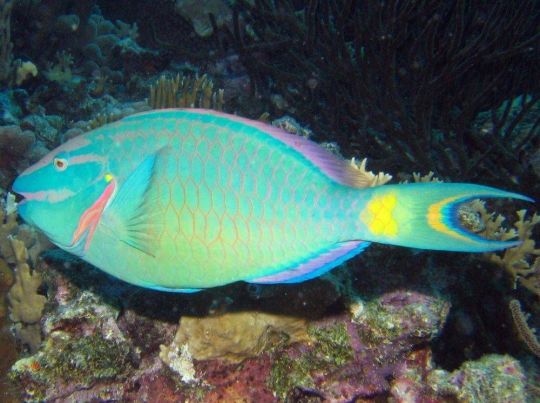
striped parrotfish
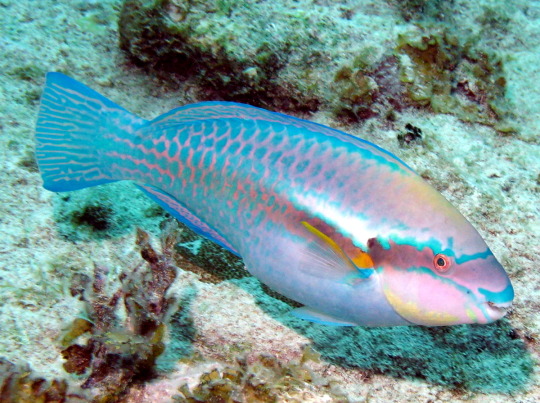
blue-barred parrotfish
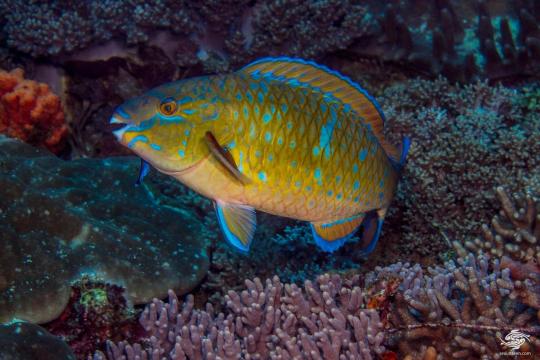
bluemoon a.k.a. black crescent parrotfish
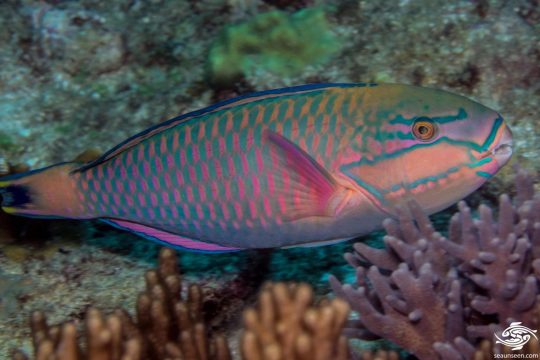
ember parrotfish

they are so beautigul
3K notes
·
View notes
Photo


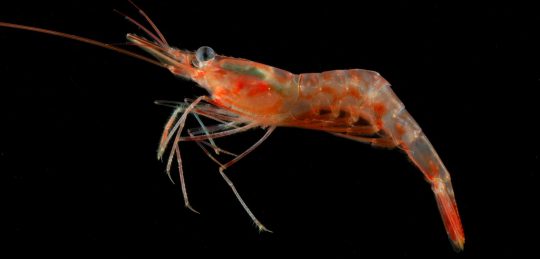
The Shrimp-ly Wonderful Northern Shrimp
A common sight in grocery stores worldwide, Pandalus borealis is known by many names, including the northern shrimp, the pink shrimp, the deep-sea prawn, and the coldwater prawn. In fact, the species is not a prawn but a shrimp; the difference is that shrimp have one pair of legs ending in claws while prawns have three pairs. P. borealis can be found along muddy ocean floors throughout the northern Atlantic and Pacific– though some regard the two populations as being separate species. Within this range, they typically inhabit cold waters, from -1 °C to 6 °C (30 °F to 43 °F).
As the name implies, pink shrimp are bright pink or red in color, though parts of their bodies are somewhat translucent. Males are smaller than females, at only 12 cm (4.7 in) to their 16 cm (6 in) in length. As a decapod, they have ten legs; the first three pairs, called the maxillipeds are used as mouth parts, while the rest are adapted for swimming. The abdomen is divided into six segments, while the head and the thorax are fused together and protected by a thick shell known as the carapace. P. borealis’ eyes are compound eyes, like those of an insect, and are excellent at detecting movement in the dim light of the deep ocean. Additionally, their long antennae allow it to smell and taste chemicals in the water, assessing the location and suitability of prey.
The coldwater prawn lives in large schools of up to several hundred, though they have no set social structure and do not defend territories. They spend most of their time on the ocean floor, feeding on plankton and carrion. In the coldest parts of the Arctic, this makes them important members of the food web as they can recycle nutrients back into the system. In addition to widespread human predation, a number of octopi, seals, and fish are known to feed on the pink shrimp where available.
P. borealis breeds once a year, from July to September. Males release pheromones as they approach females to signal they are ready to breed, and afterwards the female will carry the stored sperm for up to eight months before fertilizing her eggs. In spring, while the water is still cold, egg-carrying females will migrate close to shore and lay their eggs– up to 5,000 in a single clutch. The hatched larvae are all male, though they will go through six molts over the course of a year before migrating back to deeper waters and becoming sexually active. They will remain reproductive males for only about a year before molting again and transitioning to female; this is a type of hermaphroditism known as protandry. Individuals will spend the rest of their lives– typically about eight years– as a female.
Conservation status: Though they have not been evaluated by the IUCN, the pink shrimp is considered severely overfished in many parts of its native range. Trawling in particular poses a serious threat, as parts of a school not caught will still become stressed and die before reaching maturity. Ocean warming has also damaged populations, since this species thrives only in cold water.
If you like what I do, consider leaving a tip or buying me a ko-fi!
Photos
David Shale
Greenland Institute of Natural Resources
Erling Svenson
133 notes
·
View notes
Text
It’s World turtle day!
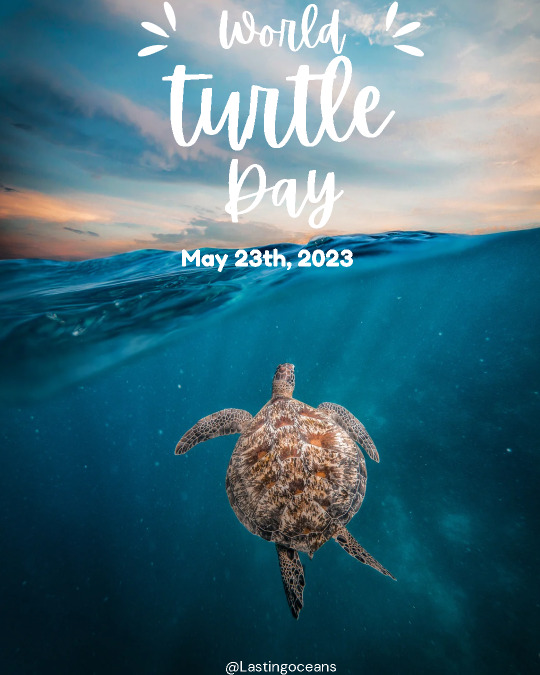
Here are some interesting facts about the status of sea turtles globally:
As we mark world turtle day here are some interesting facts about sea turtles:
There are only 7 species of sea turtles
6 of these species are classified as endangered with human actions being their largest threat.
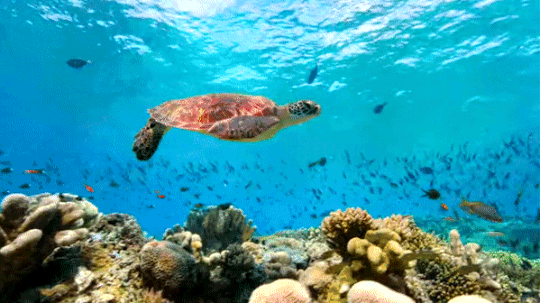
These threats include(poaching,vessel collisions,habitat loss,pollution,bycatch)
All species are protected under the Endangered Species Act(ESA)
Together with marine mammals,they make up 38% of the listed endangered marine species
It is estimated that only 1 in 1000 hatchlings make it into adulthood (quite sad considering that their populations are declining globally)

The temperature of sand in nesting beaches affects the gender of sea turtles . The warmer the sand the higher the ratio of female turtles and vice versa.
Apart from increasing temperatures, the amount of plastic trapped in the sand also has an effect on the gender ratio as plastic traps and retains heat .
The fact that most of these threats are human induced means it much more easier to eliminate them compared to issues like climate changes. Changing human behaviour is key in the successful conservation of sea turtles.
#turtlesofinstagram#conservation#ocean#marine biology#marine life#marine science#sustainable#sustainability#bycatch#marineconservation#world turtle day
3 notes
·
View notes
Text
Saturday April 22.
But noooo, this is no mere Saturday. It's only motherflippin' International Mother Earth Day 2023!
And it's an important one. In their own words:
"Mother Earth is clearly urging a call to action. Nature is suffering. Oceans filling with plastic and turning more acidic. Extreme heat, wildfires and floods, have affected millions of people. Even these days, we are still trying to get back on track from COVID-19, a worldwide health pandemic linked to the health of our ecosystem.
Climate change, man-made changes to nature as well as crimes that disrupt biodiversity, such as deforestation, land-use change, intensified agriculture and livestock production or the growing illegal wildlife trade, can accelerate the speed of destruction of the planet.
This is the second Mother Earth Day celebrated within the UN Decade on Ecosystem Restoration. Ecosystems support all life on Earth. The healthier our ecosystems are, the healthier the planet - and its people. Restoring our damaged ecosystems will help to end poverty, combat climate change and prevent mass extinction. But we will only succeed if everyone plays a part.
For this International Mother Earth Day, let's remimd ourselves - more than ever - that we need a shift to a more sustainable economy that works for both people and the planet. Let’s promote harmony with nature and the Earth. Join the global movement to restore our world!"
580 notes
·
View notes
Text
Bleached corals ingest microplastics.
Studies have found that reef building corals ingest microplastics when exposed to temperatures above normal.

Normally,corals rely on the photosynthetic algae on their surface to provide them with energy.

When temperatures rise, the algae are expelled (bleaching) and most corals eventually die from starvation but some corals start feeding on zooplankton in the water column and in turn also take in microplastics.
So how is this a problem? Feeding on large amounts of microplastics can result in:
Bleaching
Reduced growth as energy reserves drop since plastic has no nutritive value
Reduced feeding on nutritious prey
Tissue necrosis( a coral disease that causes peeling of tissues and death)
Reduced mineralisation of coral skeletons thus reduced growth rates
With coral reefs already facing multiple stressors ; global climate change, ocean acidification and water pollution with a short period for recovery, microplastics could worsen the situation putting the survival of coral reefs at risk.
#stem academia#conservation#plastic#plastic pollution#plastic waste#sustainability#sustainablelifestyle#ocean#coral sea#coral reef#artificial reef#marine life#animals#marine biology#microplastics#plankton#bleaching#climate change
150 notes
·
View notes
Text
Manta rays are a symbol of respect and tenacity.
This is because they easily adapt to different pressures and depths in the oceans.
Oceanic manta rays have few natural predators as they are very large and fast .The main ones are large sharks and dolphins.
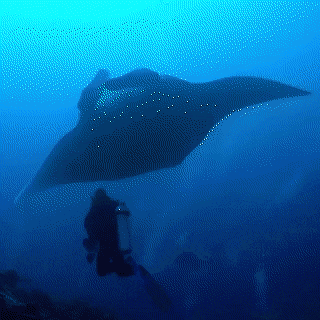
Manta rays have a late sexual maturity. Males become sexual mature when their discs are 4m and females when the discs are about 5m wide .

The have a long gestation period and (12-13months ) and normally have one pup. With threats such as overfishing, this makes it difficult for their populations to bounce back easily.
Their gills are highly valued in the Chinese medicine market and are used to make a tonic that boosts one’s immunity.

They are officially listed as endangered by the IUCN.
Other threats they face include:
Pollution ( manta rays are filter feeder and they may be consuming micro plastics which are known to carry persistent organic chemicals such as DDT’s)
Boat collisions
Bycatch(they get caught in fishing gear especially in shallow waters)
TikTok and instagram : @lastingoceans
#sea life#manta ray#ocean#conservation#nature#marine life#marine biology#iucn#animals#sea#sharks#underwater
11 notes
·
View notes
Text
How the moon devastated a mangrove forest 🌔
In 2015, nearly 10% of mangrove in Australia's Gulf of Carpentaria died off
There was an El Nino effect at that time - tides became lower than usual. But this shouldn't cause such a drastic die-off
Researchers realised that the mangrove thinned every 18-19 years - a superregular pattern
It turns out that every 18-19 years, there's a wobble in the moon's orbit. This translates to lower tides
2015 was wobble year AND El Nino year - leading to extremely low tides that killed off a lot of mangroves
https://www.scientificamerican.com/article/how-the-moon-devastated-a-mangrove-forest/
59 notes
·
View notes
Text
Sturgeons are the most threatened species in the world. 63% are critically endangered (CR) and four species are possibly extinct.
Sturgeons do not reproduce annually. With the threat of overfishing, sturgeons cannot naturally replenish theirs populations. Moreover, they migrate but are at risk of losing their habitats due to damming.
The Atlantic sturgeon is listed as vulnerable. All Atlantic Sturgeon fisheries have been shut down in the USA with a handful being open in Canada where they are regulated through licensing and limiting catch.
Daily fish fact #428
It’s my friend’s birthday! She requested an…
Atlantic sturgeon!

It used to inhabit many more areas in the Baltic Sea, but building dams caused it to go extinct in the area in the early 20th century. The Atlantic sturgeon has also declined in North America, but it is being reintroduced into its old habitats!
173 notes
·
View notes
Text
1/3 of shark species (sharks,chimeras,rats ) are classified as critically endangered (CR) or vulnerable (VU). This means that they are facing the risk extinction.
3/4 of oceanic species are faced with extinction.
This could be because more than 200 million sharks are killed annually.
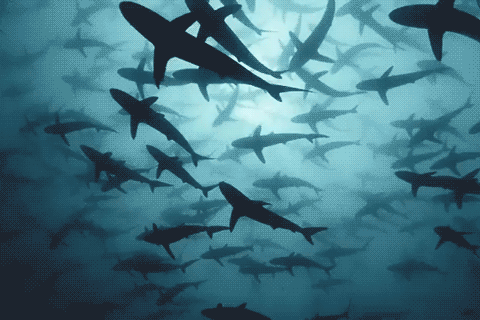
Current measures of protection seem not to be working (legislation gear bans, catch quotas).
A good number of shark species are highly migratory. This makes it much more harder to protect them as laws protecting endangered species are not upheld in all countries.
So the issue seems to be local rather than international as sharks do not have boundaries as we do.
Some treaties of interest to shark conservation include:
Convention on International Trade in Endangered Species of Wild Fauna and Flora (CITES)- this treaty is important for banning the trade of endangered animals or their parts eg. elephant tusks, rhino horns,shark fins.
The Convention on Migratory Species of Wild Animals (CMS)-this aims to protect all migrating animal species such as whales, sharks,salmons,wildebeasts etc.
Only three species of sharks are protected globally:
The great white

The basking shark
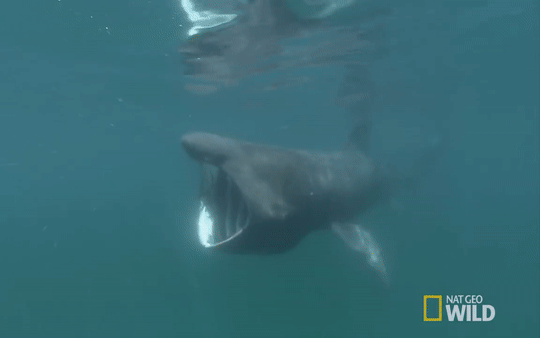
The whale shark
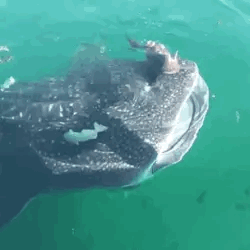
One thing that has seemed to work has been the creation of parks/sanctuaries for marine life. In these areas , shark fishing is prohibited. This is a good approach in the long term but may not work in the long run as sharks are very mobile ( who says a fisherman may not be waiting just beyond the boundary).
#shark#ghostfish#rays#ocean#conservation#nature#marine life#sea#great white shark#basking shark#whale shark#iucn#extinction
52 notes
·
View notes
Text
A hammerhead shark attacking a stingray in Australia.
Hammerheads seem to like hunting stingrays.
Hammerhead sharks are not affected by the venom in the stingray’s barb.

To catch the stingrays, hammerheads use the sides of their heads to repeatedly push the stingrays into the ocean floor thus tiring them out and making it easier to hunt them .
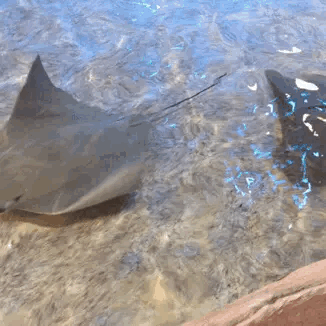
#hammerhead#stingray#oceanlife#hunting#predator#australia#wildlife#fun facts#sharksofinstagram#marine biodiversity#marine biology#marine science#conservation#prey#sharks#shark art
11 notes
·
View notes
Text

Marine plastic pollution is a huge threat to ocean’s health and can be considered the second worst threat after climate change in severity.
Recycling has not been able to solve the issue as more and more plastic ends up in the ocean daily even with policies setup and only 20% of the total plastic produced getting recycled.

Recently, studies have found that plastic can affect geological processes where recent rock formations were found to have plastic in them and caused a new illness in seabirds referred to Plasticosis that is linked scarring in the stomach by plastics ingested by the birds. Moreover, some insects and bacteria are evolving to consume plastic.

As individuals we have to look at how we can reduce our plastic footprint on earth.Some things we can do include:
Buying clothes made from natural fibers
Reduce using single use plastics (plastic cups,straws,styrofoam plates etc)
Use reusable bags
Opt to buy fresh food rather than packaged ready to go items.
What else do you think should be done to reduce plastic pollution?
#conservation#animals#marine life#nature#sea#sealife#seabirds#birds nature#birds#plastic#sustainableshopping#sustainabletourism#sustainablelifestyle#reduceplasticwaste#plastic waste#sustainable solutions#whales#microplastics#macroplastia#naturism#beach#beachlife#stem academia#marine science
6 notes
·
View notes
Text
Oarfish (‘king herring’) are related to ribbon fish and are the longest known bony fish. They are found in temperate and tropical oceans but not in polar waters. Oarfish are not commercially valued fish and are classed as least concern (LC) by the IUCN.
WELCOME ….. TO OARFISH FRIDAY




4K notes
·
View notes
Text
Manta rays are a large species of rays that are filter feeders . They are classified as vulnerable by the IUCN . These rays are known for their long migration either individually or in a group.
There are two species of manta rays:
The oceanic manta ray

Reef manta rays

Manta rays have live births to a pup or two. It may take them a few years to reproduce again and this is why it is harder for their populations to bounce back from anthropogenic threats which include:
Bycatch
Boat collisions
Pollution
Net entanglement
Overfishing (their gills are used in Chinese medicine and delicacies)
Internationally,manta rays are protected by the Convention on migratory species (a treaty protecting migrating species) in the high seas . They face more threats in coastal waters than in international waters.
Some countries have banned fishing for manta rays as they are a huge economic boost ,very popular with tourists. In a Indonesia, a single manta ray in a tourist hotspot can generate approximately a million dollars in its lifetime.
What else do you want to know about manta rays?
You can find me here:
TikTok-@lastingoceans
Instagram-@lastingoceans
#conservation#ocean#nature#animals#manta ray#sea#sealife#treaties#convention#migration#oceanlife#aquatic#marine life#marine science#marine biology#marine biodiversity#biodiversity#sustainability#sustainabletourism#tourism#naturism#sustainabletravel
13 notes
·
View notes
Text
Orca pods (up to 40 ) have distinct noises that each member will recognize. This may contribute to their well organized and highly successful hunting.

They are classified by the IUCN as data deficient-not enough research has been done to assess their populations.
Orcas can be found in all oceans and they have a varied diet (seabirds,seals,fish,whales…..). However,different ponds specialize in catching different prey.
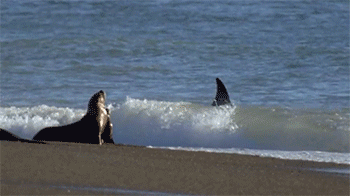
#killer whale#wild orcas#orca whale#oceanlife#hunting#nature#marine science#marine animals#literacy#naturist#naturism#conservation#animals#wildlife#sharksofinstagram
25 notes
·
View notes
Text
There are more than 1000 species of sharks and rays worldwide. Sharks are apex predators in the ocean and they keep the ecosystem balanced. With decreasing populations, many ecosystems are becoming unbalanced leading to an increase in species that otherwise would have low populations and increased invasive species with no predators.
Due to overfishing and bycatch, some species are on the verge of extinction. Some threatened species include:
The great white shark (classified as vulnerable)

Whale sharks (classified as endangered by the IUCN)
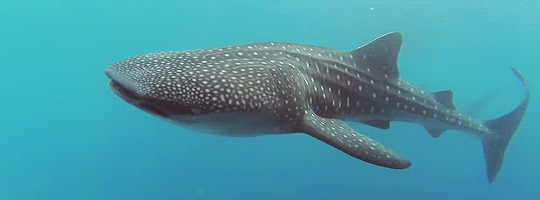
The great hammerhead (classified as critically endangered)

Dusky sharks are officially endangered. They are highly sought after for finning(a practice where fishermen catch and cut the fins from shark ,throw them back into the ocean defenseless to prey ,bleeding out and unable to properly float).
Sand tiger sharks are classified as critically endangered. They have 1-2 pups every two to three’s years making it much more harder for their populations to naturally replenish.
Ganges shark-very rarely seen and it is estimated that approximately 250 of this species are alive. They are true river sharks(can inhabit freshwater) and a unique threat to them is pollution.
To give these sharks and many others a fighting chance,sustainable fishing practices should be enforced and ecosystem pollution should be reduced.
#conservation#nature#ocean#sharks#great white shark#whale shark#shark#sealife#overfishing#extinction#sharksofinstagram#wild animals#sustainable solutions#sustainablelifestyle#sustainability#oceanlife#pollution#wildlife#naturism#marine science#marine biology
194 notes
·
View notes
